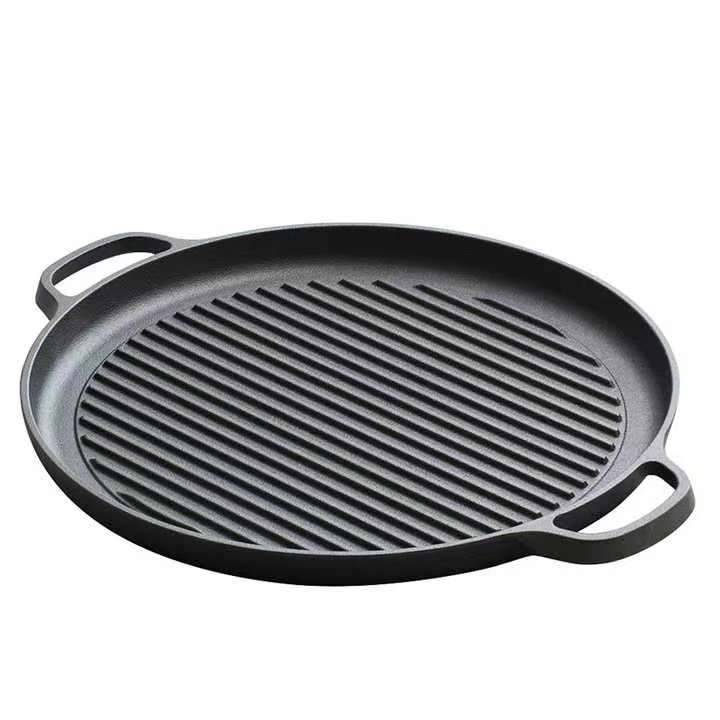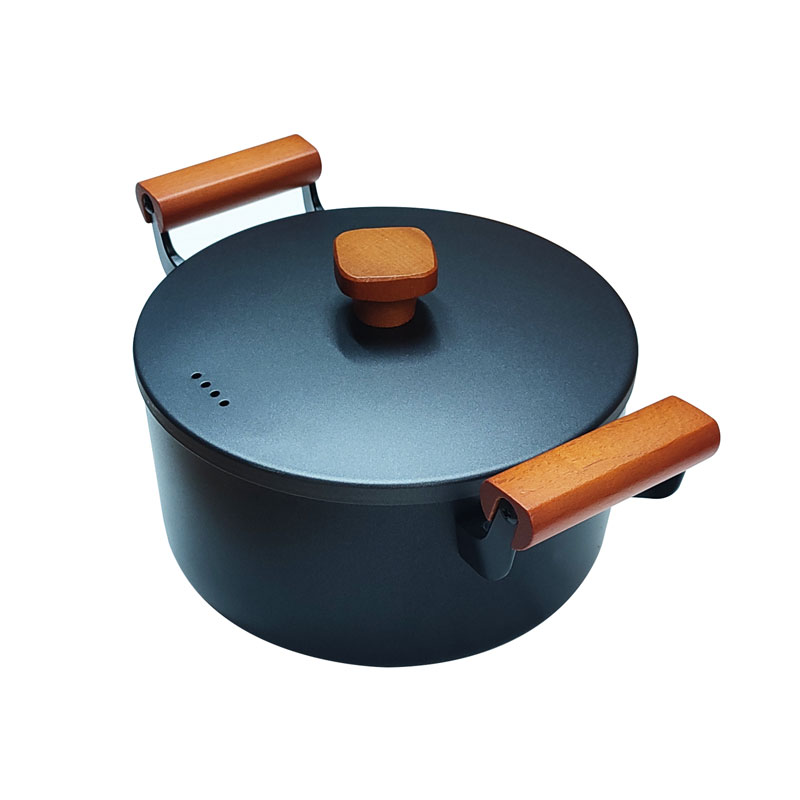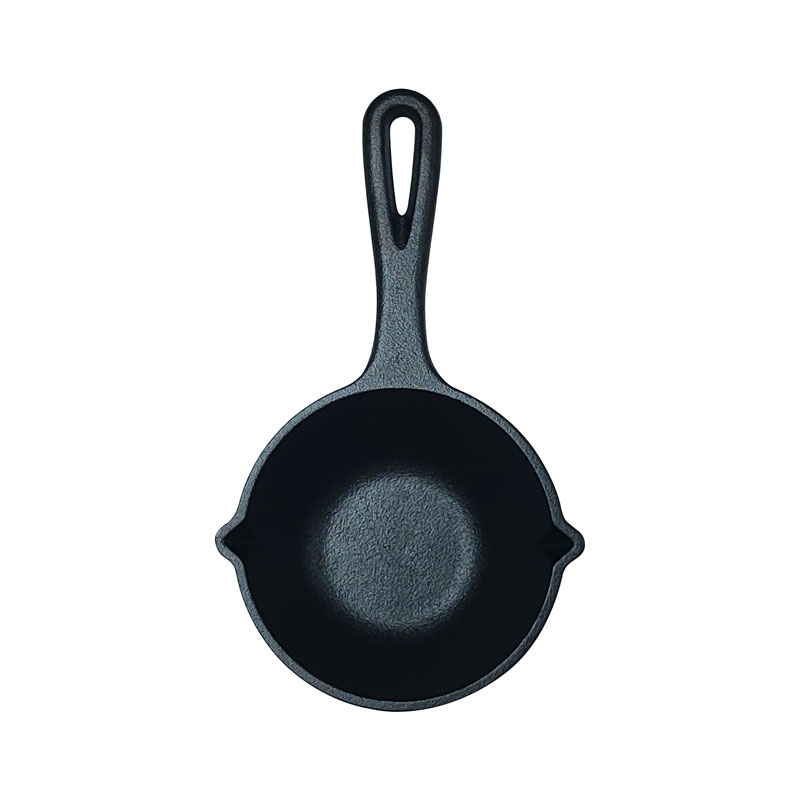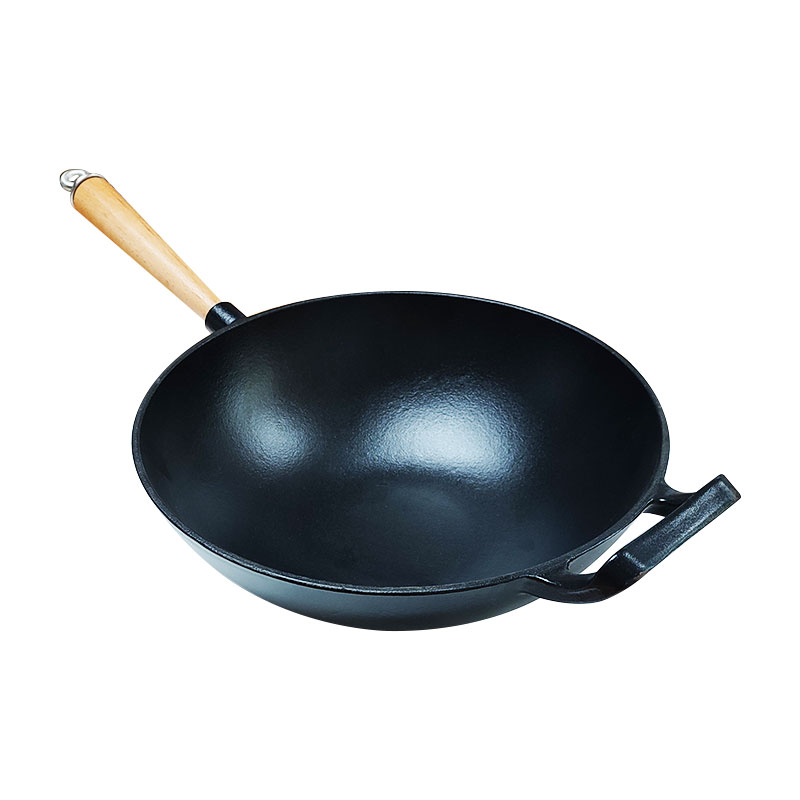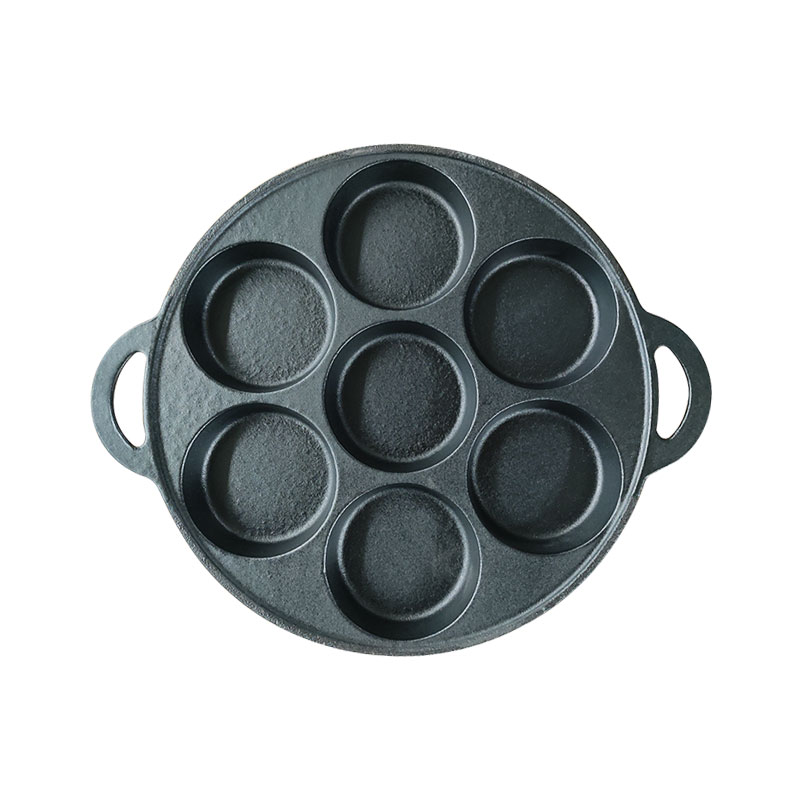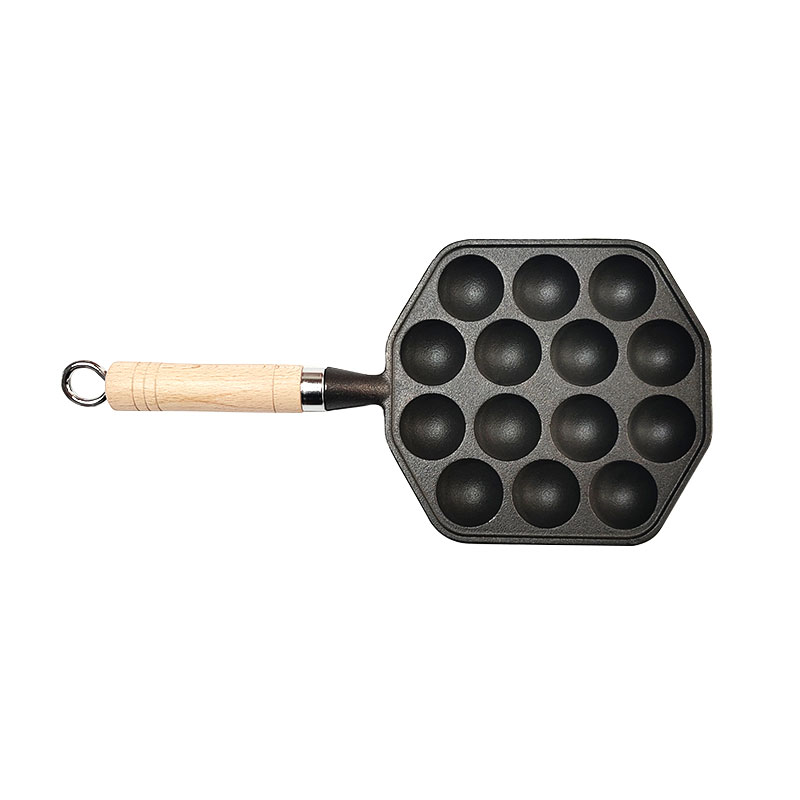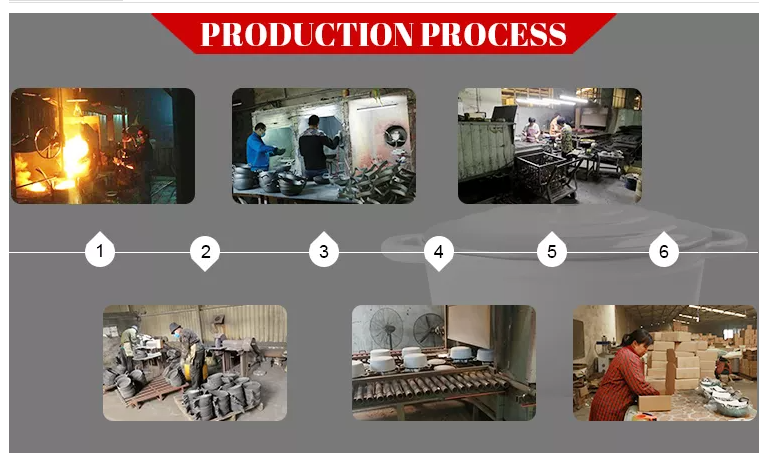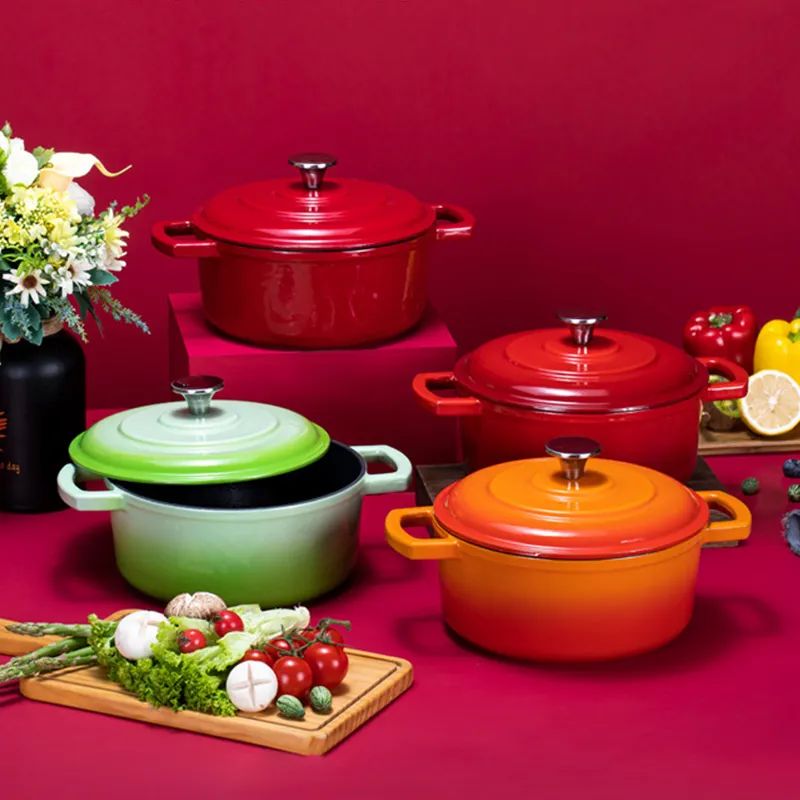1. Cast-iron skillets, cast-iron skillets offer heavy-duty performance, lower side walls and wider cooking surfaces, perfect for stoves or ovens.
2. Seasoned cookware. Good seasonings make all the difference, and the more you use them, the better the seasonings get.
3. Excellent temperature control ability of cast iron pan, uniform distribution, constant heat.
4. Cast iron pre-flavor coating should be used immediately after washing. Compatible with all cooking surfaces, grills and campfires.

How to Use a Non-Stick Cast Iron Frying Pan Like a Pro
Mastering a cast iron skillet requires understanding its unique heat properties. Preheat the pan gradually on medium-low heat for 5 minutes—this prevents warping and ensures even cooking. Unlike Teflon, cast iron excels at high-heat searing; press meats gently to maximize contact with the pan’s ridges for a perfect crust. For eggs or pancakes, wait until water droplets dance (Leidenfrost effect) before adding fat—this confirms the ideal non-stick temperature. Stir-fry in small batches to maintain heat consistency, and avoid metal utensils to preserve seasoning. Post-cooking, let the pan cool slightly before cleaning to prevent thermal shock.
How to Season Your Non-Stick Cast Iron Frying Pan for Long-Term Use
Seasoning is a polymerized oil layer that strengthens with use. Start by scrubbing off factory coatings with soap (yes, it’s safe once!). Apply a thin coat of high-smoke-point oil (flaxseed, grapeseed, or avocado) using a lint-free cloth, then wipe off excess—too much oil creates sticky patches. Bake upside-down at 450°F (232°C) for 1 hour to bond the oil. Repeat 2–3 times for a durable base. Over time, cooking fatty foods (bacon, burgers) will naturally replenish the layer. If food sticks, simply re-season—no need to strip the pan unless rust appears.
Non-Stick Cast Iron vs. Teflon: What’s Better for Your Health?
Cast iron’s natural seasoning wins for chemical-free cooking. Teflon releases toxic fumes (PFOA/PFAS) if overheated (>500°F/260°C), while cast iron remains stable even at broiling temps. Iron also enriches food with trace minerals—great for those with deficiencies. However, Teflon is lighter and requires less maintenance. The trade-off? Cast iron demands care but offers lifetime safety; Teflon is convenient but may degrade after years, risking ingestion of microplastics. For health-conscious cooks, cast iron is the clear long-term choice.










